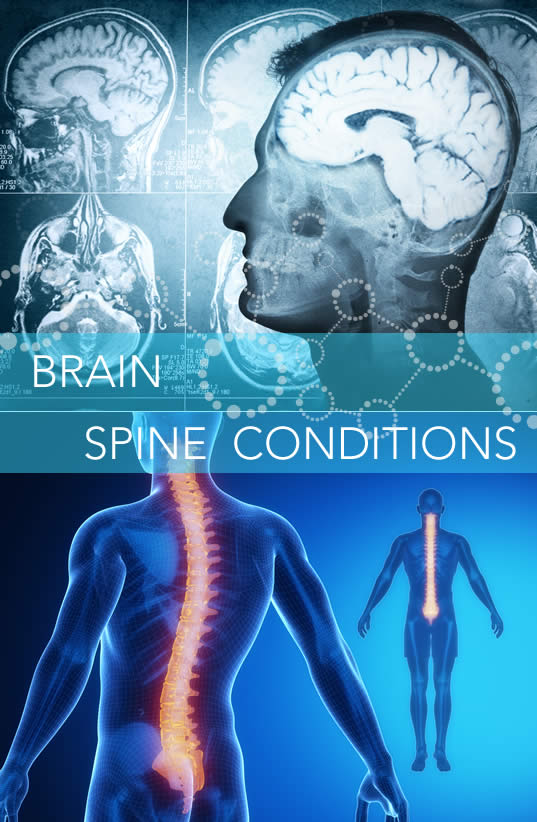
Spinal Stenosis Specialists
What is spinal stenosis?
The spinal cord travels through a canal formed by the vertebrae through the spinal column. When this canal is narrowed by changes to the bone tissue of the spine, the nerves of the spinal cord may become irritated. This most often occurs in the neck and lower back, called cervical and lumbar stenosis, respectively.
The most common risk factor for spinal stenosis is age. It typically affects those over 50, although the reasons for the condition vary. The most common causes are:
- Bone growths – osteoarthritis and Paget’s disease are two causes of bone overgrowth
- Spinal injuries – dislocations and fractures can contribute
- Herniated discs – ruptures to the spine’s cushioning discs may restrict space
- Aging ligaments – may thicken and harden
- Tumors – abnormal growths in the spine can put pressure on nerves
What symptoms can I experience with spinal stenosis?
There may be no symptoms in the early stages of the condition, even if there’s evidence of stenosis on medical imaging. When symptoms begin, these tend to grow in severity over time. For cervical stenosis, common complaints include:
- Tingling or numbness, usually in one limb, either arm, hand, leg, or foot
- Weakness in one limb
- Neck pain
- Difficulty balancing or walking
- Problems with bladder or bowel control
Lumbar stenosis typically affects the lower body, so associated weakness, tingling, and numbness would affect legs and feet. Local pain in the lower back is also common. Cramping in one or both legs while standing for an extended time may occur, which is usually relieved by sitting or bending forward.
How can spinal stenosis be treated?
The location of the stenosis often affects treatment. When symptoms are minor or absent, your Arizona Neurosurgery and Spine At The CORE Institute caregiver may advise further monitoring along with physical therapy and self-care exercises. If symptoms become more intense, medications may be prescribed. Steroid injections may also relieve the swelling causing nerve compression. When thickened ligaments in the lumbar area cause the problem, a procedure called percutaneous image-guided lumbar decompression may be effective.
Surgery is generally a last-resort option. Statistically, spinal stenosis surgery has a better chance of success when done by the most experienced surgeons. As the oldest neurosurgical practice in Arizona, the doctors of Arizona Neurosurgery and Spine At The CORE Institute are the logical choice.
Most back pain stems from overexertion or relatively minor conditions that heal with time. Spinal stenosis, however, may cause nerve compression that can’t resolve without medical intervention.
The doctors of Arizona Neurosurgery and Spine At The CORE Institute, located in Phoenix and Peoria, Arizona, have the experience and know-how to assess and treat your case.

